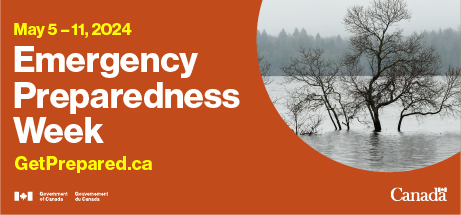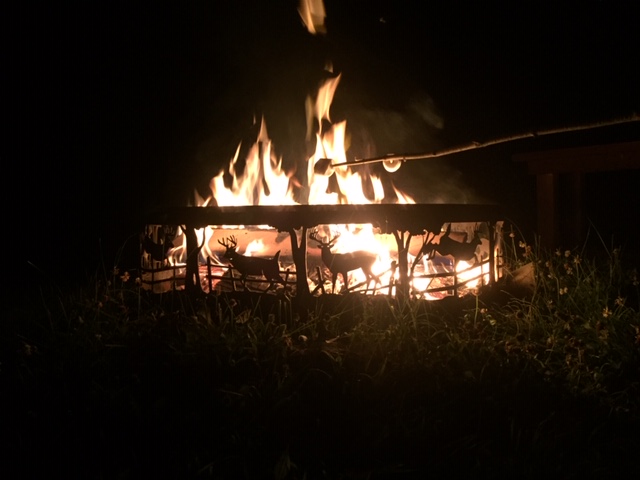
Take action so that you, your family, and your community are prepared for emergencies.
Everyone has a role to play in an emergency. EP Week is an opportunity for you to take action to ensure you are prepared to protect yourself, your family and your community during an emergency. This year, the theme is Be Prepared. Know Your Risks. The intent of the theme is to encourage Canadians to understand the risks in their area and learn what actions they can take to protect themselves and their families.
Power Outage Safety
Power outages can happen at any time. Whether you’re without power for minutes, hours, or days. Stay safe and keep yourself informed on how to be prepared.
Heat-related Illnesses Safety
Heat-related illnesses encompass a range of conditions that arise when the body struggles to regulate its temperatures. Do your part and inform yourself of the signs and symptoms of heat-related illnesses.
Be Prepared the next severe weather event
Prepare yourself for the next severe weather event. Ensuring your safety and the safety of your community is crucial. Stay informed and do your part to be better prepared for whenever severe weather strikes again.
Additional Resources
Ontario Emergency Preparedness Week Website
How to prepare for an emergency
Guide about emergency preparedness for people with disabilities







